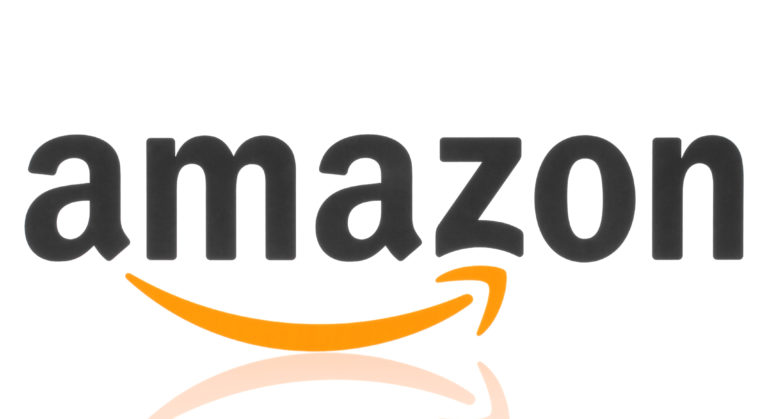I’ve always had the view that investing isn’t complicated.
You don’t have to have a PhD or an IQ above 160. You don’t need to know about the capital asset pricing model. And you’re better off not knowing things like alpha, beta and gamma.
You’ve just got to look for no brainer investments and accept there’ll be long periods of time where you do nothing.
To me, this is why investing can seem hard. People want a formula. They want a knit and tidy rule that works every time.
But like everything other than physics, there are no simply knit and tidy rules. From having an idea to putting your money in a potentially profitable investment is a gruelling exercise.
So if you’re going to do the grunt work yourself, you better love the process. Thankfully it’s something I couldn’t imagine not doing.
The end result of an amazing investment is all the motivation I need to spend the initial hours hunting for ideas.
As you’ve probably guessed from the title above, there’s one type of company I’m always looking for — the next Amazon.com, Inc. [NASDAQ:AMZN].
Why didn’t you buy Amazon?
Who says big stocks can’t generate massive returns?
Had you bought Amazon five years ago, you’d be up more than 500% today. Had you bought the stock 10 years ago, your returns would be more than 2,400%.
So why didn’t we all buy Amazon 10 years ago?
Well, for most investors a price-to-earnings (PE) ratio of more than 260-times is a little rich. That means you’re paying more than $260 for a dollar of earnings today.
Of course, anyone buying Amazon today is betting sales will continue to grow. From 2013 to 2017, the ecommerce giant saw sales grow from $61.1 billion to $177.9 billion.
That’s annual grow of 30.6% for the last five years.
If Amazon keeps pace revenue will be $675.9 billion by 2022.
Yet there are other ecommerce groups with similar sales growth. Why aren’t they all trading at more than 200-times earnings?
It’s because Amazon has something they don’t. It’s not size, although that helps. What Amazon has that others don’t is Jeff Bezos and the culture he’s created.
Amazon’s real advantage
Take a look at what Jeff wrote to shareholders in 1997 when Amazon was just an online bookstore:
‘Amazon.com passed many milestones in 1997: by year-end, we had served more than 1.5 million customers, yielding 838% revenue growth to $147.8 million, and extended our market leadership despite aggressive competitive entry.
‘But this is Day 1 for the Internet and, if we execute well, for Amazon.com. Today, online commerce saves customers money and precious time. Tomorrow, through personalization, online commerce will accelerate the very process of discovery.
‘Amazon.com uses the Internet to create real value for its customers and, by doing so, hopes to create an enduring franchise, even in established and large markets.
‘We believe that a fundamental measure of our success will be the shareholder value we create over the long term. This value will be a direct result of our ability to extend and solidify our current market leadership position.
‘The stronger our market leadership, the more powerful our economic model. Market leadership can translate directly to higher revenue, higher profitability, greater capital velocity, and correspondingly stronger returns on invested capital.
‘…We will continue to focus relentlessly on our customers.’
Just from this opening dialogue, it’s easy to see why Amazon is so incredibly successful. They’re not in it to make a quick buck. Jeff doesn’t make decisions for the next quarter. He makes decisions that ensure long-term prosperity.
But probably the most important chromosome in Amazon’s DNA is their focus on the customer. If customers have a great experience with Amazon, it’s likely they’ll come back.
A great experience can be defined as low prices, range of goods, quick delivery time, easy checkout, seamless payment process and fast return policy.
It’s why when Amazon said they’ll be buying drug company PillPack on Thursday, many other drug distribution stocks dropped.
Investors assume most within the industry care more about short-term profits than their customers. And it’s how Amazon will disrupt yet another industry — creating a better customer experience.
So what’s the message here?
It’s not always about the numbers. If you want to find the next Amazon, you don’t just have to look for growing sales and an enduring business model. You’ve got to look for a company with a vision.
Jeff’s vision is solely focused on benefiting customers. He’s taken this simple model and rolled it out over countless industries.
If you can find a company doing the same you might be onto something.
Your friend,
Harje Ronngard
